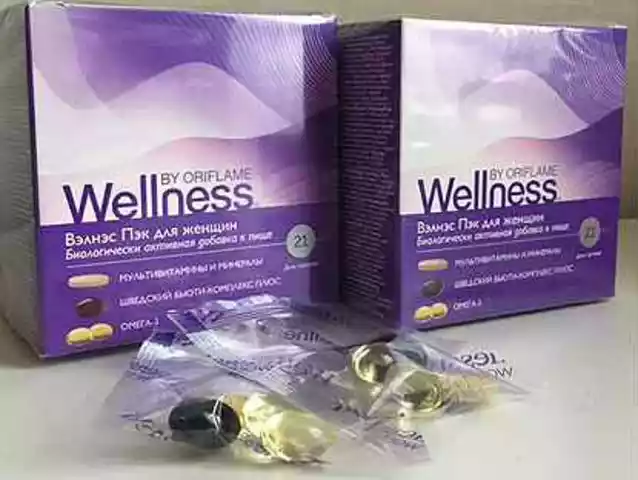Natural Melasma Treatment: Effective Remedies and What Actually Works
When it comes to melasma, a common skin condition causing brown or gray-brown patches, usually on the face. Also known as chloasma, it’s not dangerous—but it can be frustrating, especially when it shows up on your cheeks, forehead, or upper lip. Unlike acne or dry skin, melasma doesn’t go away with a quick fix. It’s tied to hormones, sun exposure, and genetics, and most over-the-counter creams only mask the problem. That’s why many people turn to natural melasma treatment, using plant-based ingredients and lifestyle changes to lighten dark patches without synthetic chemicals. But not all natural approaches are equal. Some work, some don’t, and a few can even make things worse.
One of the most studied natural options is azelaic acid, a compound found in grains like barley and wheat, and also produced by skin-friendly bacteria. It’s been shown in clinical trials to reduce melanin production without irritating sensitive skin. You’ll find it in prescription gels, but you can also get it naturally from fermented oat or barley extracts. Another strong contender is tranexamic acid, originally a blood-clotting drug, now used topically to block the signals that trigger melanin overproduction. While it’s often synthetic, some oral supplements derived from plant sources show similar effects—though you should talk to a doctor before trying these.
Sun protection isn’t just advice—it’s non-negotiable. UV rays are the biggest trigger for melasma flare-ups. Even on cloudy days, UVA rays penetrate windows and deepen discoloration. A broad-spectrum mineral sunscreen with zinc oxide or titanium dioxide, reapplied every two hours, can make a bigger difference than any serum. And don’t forget hats. A wide-brimmed hat isn’t just fashion—it’s medical equipment for your skin.
Some home remedies get a lot of hype, but they’re risky. Lemon juice? Too acidic. It burns your skin and makes melasma worse. Turmeric paste? Might help with inflammation, but stains skin and doesn’t target pigment. Licorice root extract, on the other hand, has real science behind it. It contains glabridin, which inhibits tyrosinase—the enzyme that makes melanin. You’ll find it in some serums, but you can also brew a cooled licorice root tea and gently pat it on your skin daily.
Stress and sleep matter more than you think. High cortisol levels boost melanin production. If you’re constantly tired or anxious, your skin pays the price. Simple habits—like 7 hours of sleep, 10 minutes of deep breathing, or a walk outside—can help regulate your hormones and calm your skin from the inside out.
What you’ll find below are real stories and tested methods from people who’ve dealt with melasma for years. No fluff. No miracle cures. Just what actually helped—whether it’s a specific oil, a dietary tweak, or a sunscreen routine that stuck. Some of these approaches came from dermatologists. Others came from trial and error. All of them are grounded in what works for real skin, not just marketing claims.
 20 October 2025
20 October 2025
Best 5 Natural Melasma Remedies for Faster Skin Lightening
Discover five proven natural remedies-turmeric, licorice, aloe vera, apple cider vinegar, and green tea-to treat melasma safely and effectively, plus lifestyle tips for lasting skin lightening.
Latest Posts
-

Promo codes for on-line drug store rxmedicin.com
-

Cochlear Implants: Top Benefits for Severe Hearing Loss
-

Best CVS Alternatives: Top Pharmacies & Online Prescription Services in 2025
-

Experience Unparalleled Wellness: Why Mezereon is the Dietary Supplement You Need
-
Unlock the Power of Alfalfa: The Ultimate Dietary Supplement for a Healthier You!

11